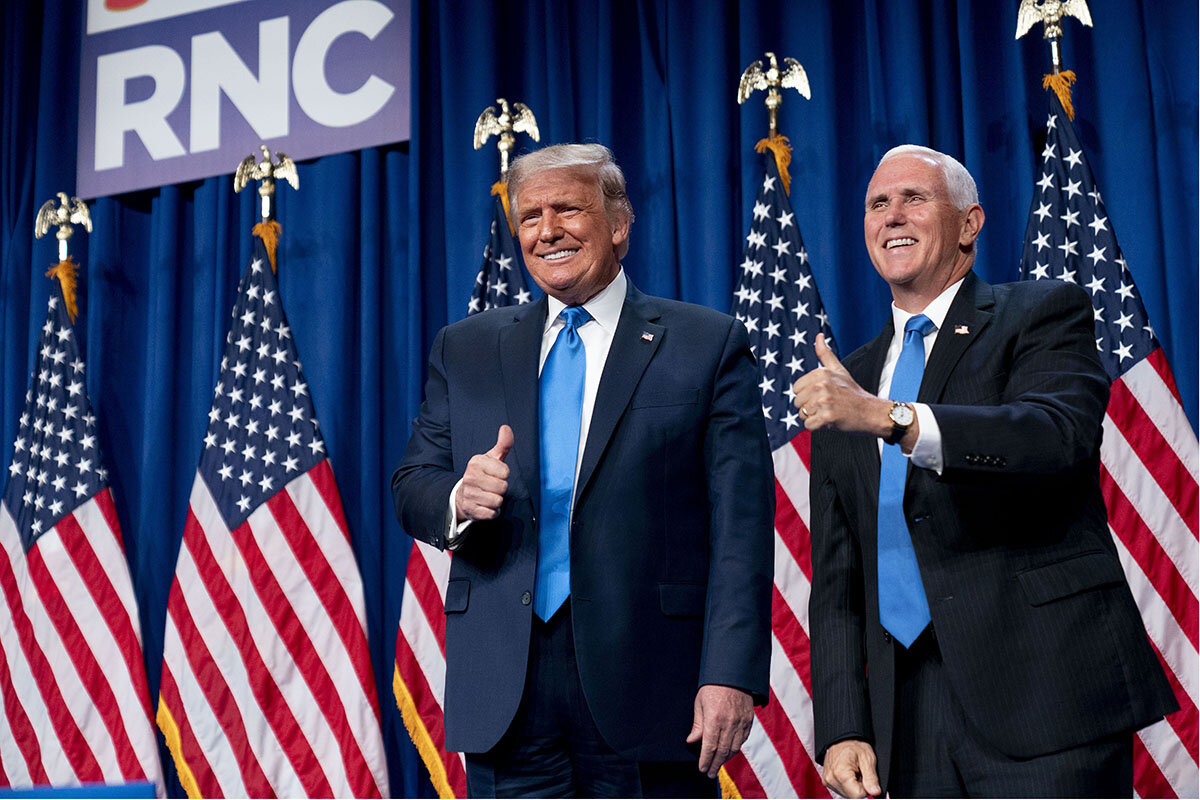So much for conventional wisdom

 Mark Sappenfield
Mark Sappenfield
Americans are now one week and two days into the new world of virtual presidential conventions. So are balloons and streamers and halls filled with unreasonably exuberant people now a thing of the past? Or are we desperately awaiting their return?
The general consensus is (shockingly) that perhaps trying new things isn’t a completely terrible idea. The fact is, for the average American, conventions have for many years simply been a weeklong advertisement. That’s not a bad thing. In a time when the media is seen as being only slightly more trustworthy than Lord Voldemort, conventions give the candidates an unfiltered platform beyond Twitter or county fairs in Iowa. Stripping away the pomp has in some ways magnified the conventions’ message. “And here’s the surprise – they really grabbed our attention,” wrote John Podhoretz in the New York Post.
Yet presidential conventions are, in the end, conventions – like any badge-wearing, Applebee’s-going gathering of accountants. They are places to meet and network and do the work of sustaining and sharpening the parties. They are, as New York Times reporter Carl Hulse said, “the must-attend quadrennial gathering of the clan, a holy rite, a raucous politifest.”
So don’t expect conventioneers to forgo the chance to gather in some swing state and wear silly hats four years from now. But do expect the parties to have a better sense of what the rest of us really need to see.




